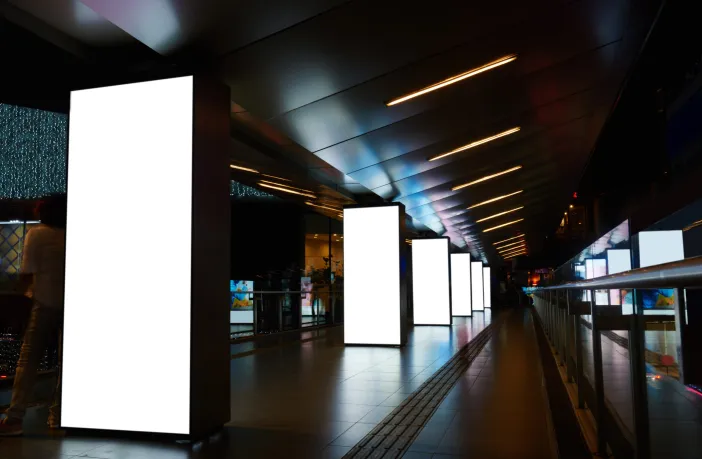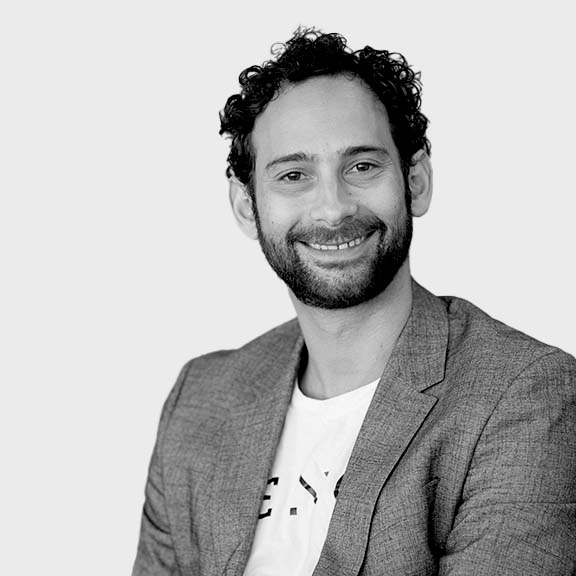As technology continues to develop, marketers have access to increasingly sophisticated tools, such as programmatic marketing, to reach the right people. This year this method of buying and selling ad space looks to be moving from its traditional space in the home, onto the streets. So, what does this mean for the industry?
We’ve probably all heard that “Video Killed the Radio Star”, but what we might not have realised was that this catchy song was referencing an early form of digital disruption.
Now as programmatic marketing settles in as a permanent fixture in the marketing landscape, it looks like digital-out-of-home advertising is next on the list of media to experience a similar shake-up.
Programmatic marketing can be defined as the practice of using algorithmic software to place bids and determine placement platforms when buying and selling digital advertising space.
Until recently this was only available for digital advertising in-home, but as technology has developed, billboards and other out-of-home media are becoming accessible via programmatic channels as well.
All media has gone through some form of digital disruption over the years as technology continues to develop and Programmatic Digital Out of Home (pDOOH) is a natural progression says Sam Thompson Head of Media and Partnerships at Bench Media.
He says that pDOOH will change, and probably already has changed, how agencies are strategising around what is most relevant to their brands, how they develop their creatives, how they can make the process more efficient and remove human error.
“A lot of agencies can get scared of programmatic,” he adds. “It’s worth pointing out that it’s literally just a way of transacting media and using data to make things more addressable.
As media consumption becomes more fragmented, and consumption behaviour continues to change, Thompson believes there will be more opportunities for programmatic advertising to be a part of it.
“I’m of the opinion that we will see the word programmatic die off and it will just be the way we do things in the future.”
Read the full article which appeared on StopPress in May, 2022.




